- About us
- Support the Gallery
- Venue hire
- Publications
- Research library
- Organisation chart
- Employment
- Contact us
- Make a booking
- Onsite programs
- Online programs
- School visit information
- Learning resources
- Little Darlings
- Professional learning
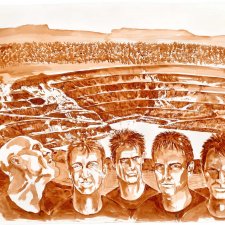
Peter Garrett AM (b. 1953), musician, environmental and social activist, and former politician, is the lead singer of the band Midnight Oil, which originated in Sydney's northern beaches in the mid-1970s.
12 portraits in the collection
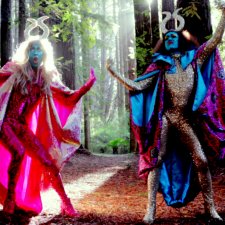
Garrett Huxley (b. 1973) was born in Melbourne and raised on the Gold Coast.
3 portraits in the collection

Thomas Lewis Atkinson (1817-c. 1890) is described in the Benezit Dictionary of Artists as 'one of the shining representatives of English engraving'.
1 portrait in the collection
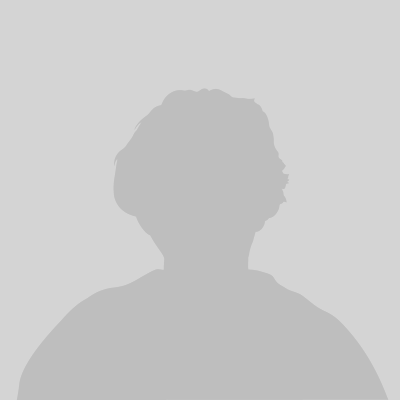
Avril Thomas (b. 1956), artist, was born in Malaysia and went to boarding school in Scotland and Australia.
2 portraits in the collection
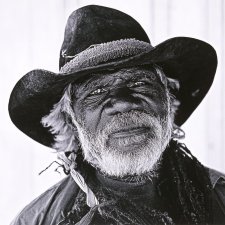
Rover Thomas (1926-1998), Kukatja-Wangkajunga artist, was born in the Great Sandy Desert of Western Australia and worked as a stockman and fencer before losing his employment upon the introduction of equal pay for indigenous workers in 1975.
1 portrait in the collection
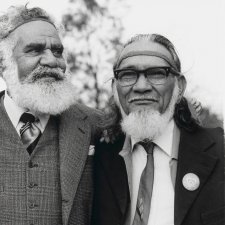
Guboo Ted Thomas (1909–2002), land rights activist, was a tribal Elder of the Yuin nation and grew up on the Wallaga Lake Reserve near Narooma.
1 portrait in the collection
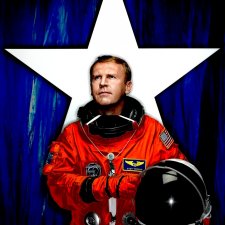
Andy Thomas AO (b. 1951) is an astronaut. Born and educated in Adelaide, an engineer by profession, he managed a number of aeronautical programs and patented several inventions before joining NASA in 1992.
1 portrait in the collection

Thomas Phillips was born in Dudley, Warwickshire and initially trained as a glass painter before moving to London, aged 20, with a letter of introduction to the painter Benjamin West.
6 portraits in the collection
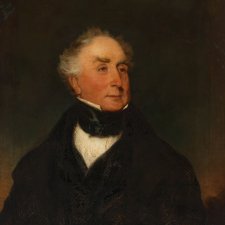
Thomas Daunt Lord (1783–1865) was the commandant of the convict station on Maria Island from 1825 until 1832.
1 portrait in the collection
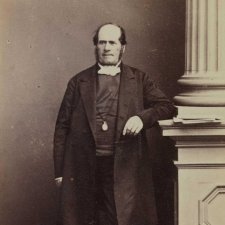
Thomas Buddle (1812-1883), Wesleyan missionary, worked for 42 years in New Zealand, ministering to Maori and colonists in the Waikato, Auckland and the south.
1 portrait in the collection

Thomas Cook produced portraits for the Gentleman's Magazine and frontispieces for book publishers, as well as a number of single plates in different genres for Boydell.
1 portrait in the collection
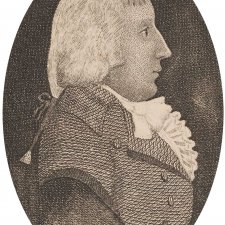
Thomas Muir (1765-1799), lawyer, political activist and political convict, began studies at the University of Glasgow at the age of twelve.
2 portraits in the collection

Thomas Bock, artist, printmaker and photographer, is believed to have been born at Sutton Coldfield, near Birmingham, in 1790.
3 portraits in the collection
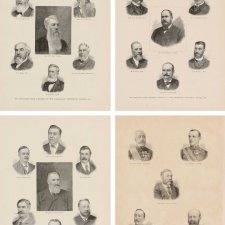
The Hon. Thomas Playford was a delegate from South Australia to the Constitutional Convention, Sydney, 1891.
1 portrait in the collection
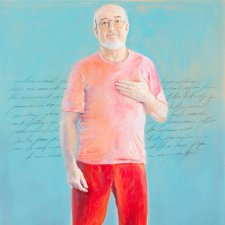
Thomas Keneally (b.1935), author and republican activist, has achieved a considerable reputation for the breadth and accessibility of his writing, and his passion for causes about which many Australians feel deeply.
1 portrait in the collection

Thomas J Washbourne worked as a photographer in Geelong and Melbourne in the 1860s and 70s.
1 portrait in the collection

Thomas de Kessler, artist, came to Australia from Hungary in 1950. Born into an academic and creative family, he spoke several languages and had attended art school before arriving in Melbourne.
3 portraits in the collection

Thomas Clark, teacher and painter, arrived in Victoria from England in about 1852, having been anatomical draftsman at King's College London and headmaster of the Birmingham School of Design.
1 portrait in the collection
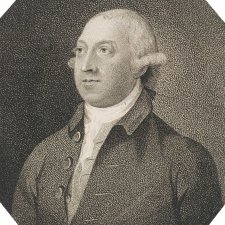
Thomas Pennant (1726-1798), Welsh traveller, antiquary, naturalist, and author, visited Joseph Banks in September 1771, shortly after Banks returned from his voyage with Cook on the Endeavour.
1 portrait in the collection
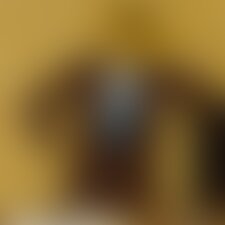
Thomas Purves (1909-1969), known as Tam, founded the Australian Galleries in Smith Street, Collingwood, Melbourne with his wife Anne in 1956.
1 portrait in the collection

Thomas Pearce (c. 1860-1909) was an apprentice on the English merchant vessel the Loch Ard, which embarked for Victoria in March 1878 carrying 37 crew and 16 passengers, many from the Carmichael family.
1 portrait in the collection

Sir Thomas Lawrence (1769-1830) was one of the leading portrait painters of the Georgian era.
8 portraits in the collection

Thomas Brassey, 1st Earl Brassey (1836–1918), politician and governor, studied law and modern history at Oxford, but abandoned law for a career in politics two years after being called to the Bar.
1 portrait in the collection
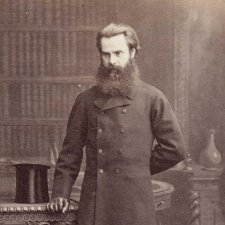
Thomas Woolner, sculptor, studied first with the brothers Henry and William Behnes, painter and sculptor respectively, and later at the Royal Academy, at which he was to become professor of sculpture in his fifties.
5 portraits in the collection
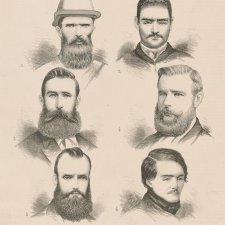
A police party comprising Sergeant Kennedy and Constables Lonigan, Scanlan and McIntyre was dispatched to capture the Kelly gang in 1878.
1 portrait in the collection

A police party comprising Sergeant Kennedy and Constables Lonigan, Scanlan and McIntyre was dispatched to capture the Kelly gang in 1878.
1 portrait in the collection

The Knox's third son, Thomas Forster Knox (1849-1919) followed his father and older brother into business, and became prominent in the Commercial Banking Company of Sydney.
1 portrait in the collection

Thomas Heathfield Carrick, miniature painter, grew up in Carlisle, where he trained and traded as a chemist, painting miniatures in his spare time.
1 portrait in the collection

Thomas Griffiths Wainewright (1794-1847) is one of the most intriguing and talented figures in colonial Australian art.
4 portraits in the collection

Thomas Herbert Maguire was a painter and lithographer working in London in the middle of the nineteenth century.
4 portraits in the collection

Thomas Foster Chuck (c. 1826-1898) specialised in photographing well-known colonists, many of whom featured amongst the 700 photographs in his huge mosaic The Explorers and Early Colonists of Victoria.
1 portrait in the collection

Thomas Lempriere came to Tasmania in 1822, received a land grant and became a founding shareholder of the Bank of Van Diemen's Land.
1 portrait in the collection
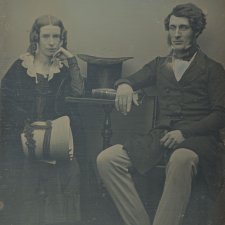
Thomas Sutcliffe Mort (1816-1878) was a merchant, shipbuilder, wool broker and pioneer of the technique of freezing meat for export.
1 portrait in the collection
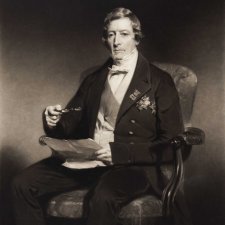
Thomas Mackdougall Brisbane (1773-1860) was born into an aristocratic Scottish family and entered the army at the age of 16.
2 portraits in the collection

Thomas Joseph Carr (1839–1917) was the second Catholic archbishop of Melbourne, the successor to James Alipius Goold.
2 portraits in the collection

Thomas Foster Chuck (1826-1898), photographer and entrepreneur, was born in London and arrived in Victoria in 1861.
4 portraits in the collection
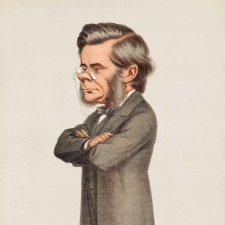
Thomas Henry Huxley (1825–1895) travelled to Australia as a member of the expedition conducted by Owen Stanley on the Rattlesnake between 1846 and 1850.
2 portraits in the collection
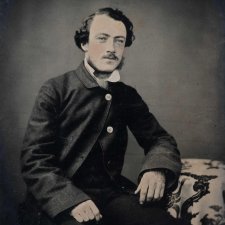
Thomas Wentworth (Tom) Wills (1836–1880), is popularly thought of as the co-inventor of Australian Rules football.
2 portraits in the collection
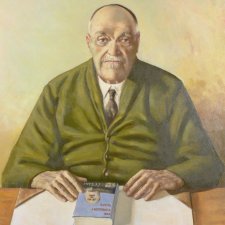
John Thomas Lang (1876–1975) served two terms as premier of New South Wales in the 1920s and 1930s.
5 portraits in the collection
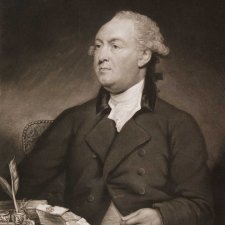
Thomas Townshend, 1st Viscount Sydney PC (1733-1800) was British Home Secretary in the Pitt Government, given responsibility for devising a plan to settle convicts at Botany Bay.
1 portrait in the collection
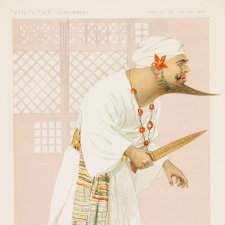
Thomas Stange Heiss Oscar Asche (1871–1936), actor, director and producer, was one of Australia’s most successful theatre exports.
2 portraits in the collection

Josiah Wedgwood (1730-1795), potter and industrialist, became an apprentice to his potter brother, Thomas, at an early age.
1 portrait in the collection

Lewis Pingo was an engraver at the Royal Mint. Pingo's father Thomas, an Italian-born medallist and die engraver, was one of the founders of the Royal Academy in 1768.
1 portrait in the collection
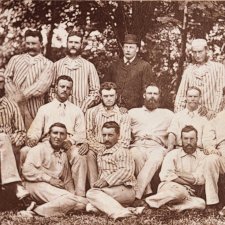
The ‘first Australian first-class cricket team to tour England and North America’ was in fact the second Australian cricket side to contest matches internationally (a team of Indigenous players having done so in 1868), but it is considered the first official national representative team to tour overseas.
1 portrait in the collection

Paddy Jaminji (Jampin) (1912-1996), Kija visual artist, spent much of his life in and around his country near Bedford Downs station in WA.
1 portrait in the collection

Will Huxley grew up in the suburbs of Perth, Western Australia, and Garrett Huxley was raised on the Gold Coast, Queensland.
3 portraits in the collection

Theresa Shepheard Mort (née Laidley, 1820-1869), colonial spouse, was one of eight children of civil servant James Laidley and his wife Eliza Jane (née Shepheard).
2 portraits in the collection

Will Huxley (b. 1982) was born in Bath, England, emigrating with his family at the age of seven to grow up in the suburbs of Perth.
3 portraits in the collection
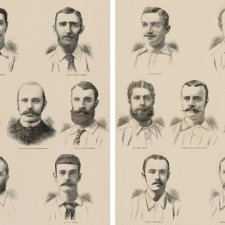
The Australian cricket team of 1882 was the third side to tour England and the team whose defeat of England at The Oval in August of that year initiated the 'The Ashes' Test series.
1 portrait in the collection

Little is known of John Chapman, who engraved fine allegorical subjects after the designs of J Smith and Richard Corbould and worked closely with Thomas Macklin on his Shakespeare series.
2 portraits in the collection
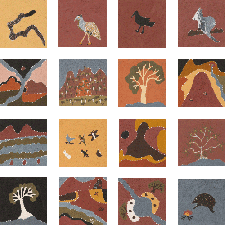
Shirley Purdie (b. 1947) is a senior Gija artist at the Warmun Art Centre who has been painting for more than twenty years.
1 portrait in the collection
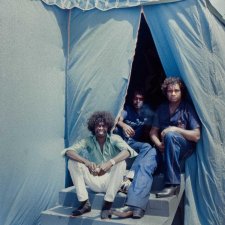
George Rrurrambu Burarrwanga (1957–2007) was a Yolngu singer, activist and a founding member of the Warumpi Band.
2 portraits in the collection

Moses Griffith, topographer, draftsman, watercolourist and engraver, spent his life in the service of Thomas Pennant, antiquarian and amateur naturalist; although engaged as a servant, he was employed by Pennant as a full time artist from 1771.
1 portrait in the collection

François Jacques Dequevauviller was the son of the French engraver Nicolas-Barthelemy François Dequevauviller (1745–1807).
1 portrait in the collection

John Thomas Barber, army officer, insurer, miniaturist and philanthropist, took the additional name of Beaumont in 1812.
1 portrait in the collection
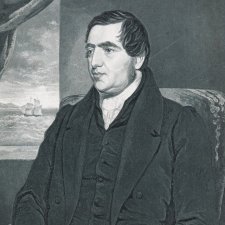
John Williams (1796-1839), missionary, began his working life in 1810, apprenticed to an ironmonger, but in 1814 he underwent an Evangelical conversion and became a member of the Tabernacle Church (Calvinistic Methodist).
1 portrait in the collection
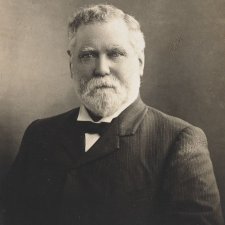
Robert Thomas Carter (1843–1917) was a leading Sydney cabinetmaker and furniture warehouseman, and later an antique dealer.
2 portraits in the collection
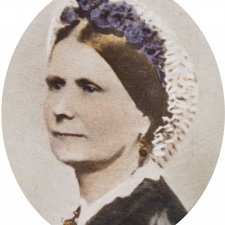
Eleanor Wingate (née Rouse, 1813–1898) was the second youngest daughter of colonial public servant and landowner Richard Rouse (1774–1852) and his wife Elizabeth (née Adams, 1772–1849), who’d come to Sydney as free settlers in 1801.
1 portrait in the collection
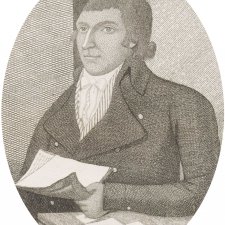
George Mealmaker (1768–1808), convict and activist, became involved in radical politics in his native Dundee in the 1780s.
1 portrait in the collection


Sir William Beechey, portrait painter and pupil of Johann Zoffany, was greatly influenced by Sir Joshua Reynolds.
1 portrait in the collection

English-born Thomas Ellis Glover moved to New Zealand as a child and by his early twenties was working as a cartoonist, court reporter and journalist.
10 portraits in the collection
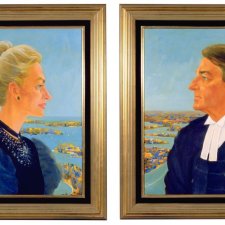
Jill Hickson Wran AM (b. 1948) graduated from the University of Sydney and then worked for Qantas.
1 portrait in the collection

Luigi Schiavonetti, Italian reproductive engraver and etcher, studied art for several years before being employed by an engraver named Testolini to execute imitations of Bartolozzi's works, which Testolini passed off as his own.
1 portrait in the collection
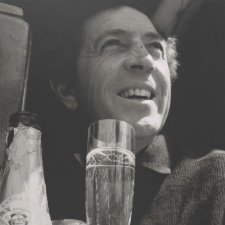
Sir James Hardy OBE (1932-2023) was a wine industry executive, yachtsman and community leader.
1 portrait in the collection
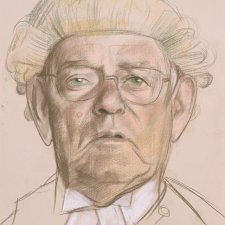
Hon Thomas Hughes AO KC (1923-2024), lawyer and former politician, was born in Sydney and educated at Riverview before serving in the RAAF during World War 2.
3 portraits in the collection
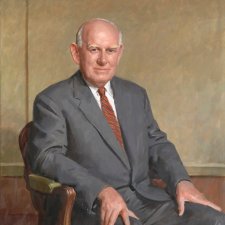
Sir James Balderstone (1921-2014) was chairman of BHP from 1984 to 1989.
1 portrait in the collection
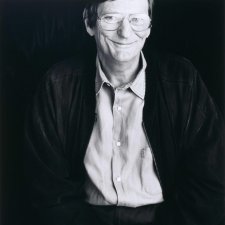
Fred Schepisi AO (b. 1939), film producer and director, briefly trained to be a priest before working in advertising.
1 portrait in the collection
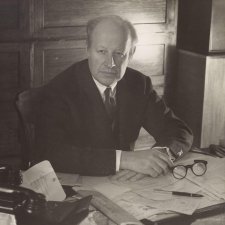
Sir (Aynsley) Eugene Goossens (1893-1962) was an English conductor, composer and violinist.
2 portraits in the collection

James Heath commenced an apprenticeship with an engraver named Joseph Collyer at the age of fourteen.
2 portraits in the collection
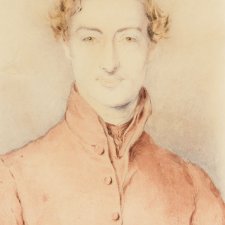
William John Pickett Bedford (1805–1869) was the eldest of three children of Anglican clergyman, William Bedford (1781–1852), and his wife, Eleanor, and came to Van Diemen’s Land with his family in 1823 following the appointment of his father to a chaplaincy in the colony.
1 portrait in the collection
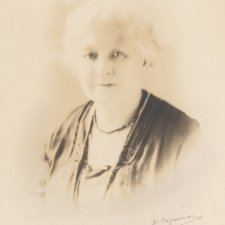
Elizabeth Sarah Ellen Carter (née Hill, 1845-1927) was one of the eight children born to Sydney cabinetmaker and undertaker John Hill jnr and his wife Elizabeth - the step-daughter of ex-convict boatman, John Cadman.
1 portrait in the collection

Born in Lincolnshire, Charles Hewitt (1837–1912) had begun working in Melbourne by 1860 and was one of the founding members of the Photographic Society of Victoria.
3 portraits in the collection
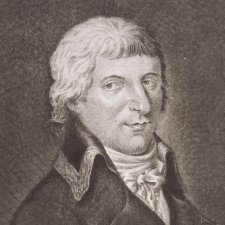
Nicolas Thomas Baudin (1754–1803), cartographic surveyor and naturalist, was sent by the French government to survey the coast of Australia in 1800.
1 portrait in the collection
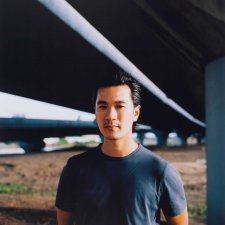
Nam Le (b. 1978), writer, came to Australia as a baby with his Vietnamese refugee parents.
1 portrait in the collection
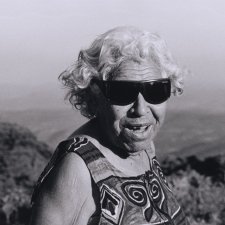
Queenie McKenzie (c. 1930–1998) was a prominent Gija artist in the East Kimberley painting movement.
1 portrait in the collection

Arthur Thomas 'A T' Woodward (1865–1943), painter and art scholar, was born in Birmingham, England.
1 portrait in the collection

George Richmond, son of the miniature painter Thomas Richmond, grew up in London, took early artistic instruction from his father and enrolled in the Royal Academy Schools in 1824.
1 portrait in the collection

Artist Henry Mundy arrived in Van Diemen’s Land in 1831 and took up a position as teacher of drawing, French and music at Ellinthorp Hall, a school near Ross established ‘with a view to the improvement of Young Ladies’.
4 portraits in the collection

Charles Henry Theodore Costantini (also Constantine, Constantini and Costantine) was a Paris-born surgeon of Italian descent who was twice transported to the Australian colonies in the 1820s.
1 portrait in the collection
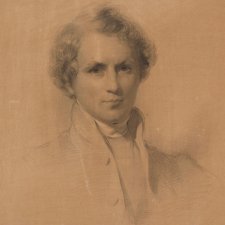
Francis Russell Nixon (1803-1879) photographer, artist and Anglican clergyman, arrived in Hobart in 1843 to take up the role of Bishop of Tasmania.
2 portraits in the collection
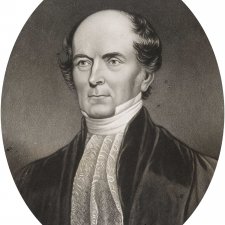
Sir Francis Forbes (1784–1841) was the first chief justice of the New South Wales Supreme Court.
1 portrait in the collection
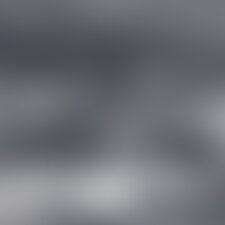
Wesley Stacey (1941–2023), photographer, was an apprentice silk screener and studied drawing and design at East Sydney Technical College in the early 1960s before working as a graphic designer and photographer in Sydney and London.
3 portraits in the collection
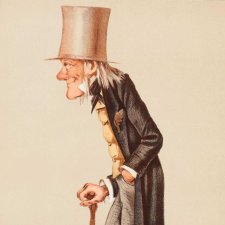
Sir Richard Owen (1804–1892), naturalist, anatomist and palaeontologist, was born in Lancaster and apprenticed to surgeon-apothecaries there before completing his studies in medicine in Edinburgh and London.
1 portrait in the collection
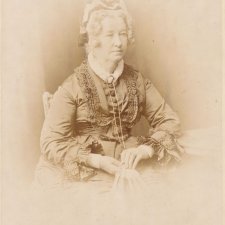
Lady Hay, née Chalmers (c. 1806-1892) was reported at the time of her death to have been about ten years older than Hay.
1 portrait in the collection
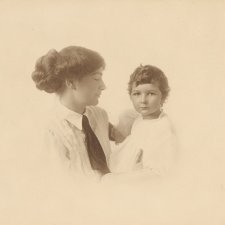
Ethel Anderson (née Mason, 1883-1958), writer and artist, was an important figure in the Sydney modern art scene of the 1920s and 30s.
2 portraits in the collection
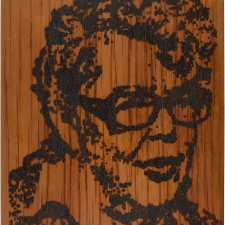
Joan Kerr (1938-2004), art historian, writer and lecturer, was responsible for several key reference texts on Australian art.
1 portrait in the collection

Charles Abraham, son of a London architect, trained at the Royal Academy schools under the sculptor Sierier, and for a further three years in Paris and Rome.
1 portrait in the collection

Wilfrid John Peisley, born in Bathurst, won a number of prizes at regional shows before gaining a scholarship to the East Sydney Technical College at the age of seventeen.
1 portrait in the collection
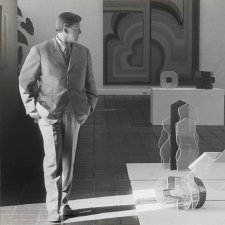
Hugh Reskymer 'Kym' Bonython AC DFC AFC (1920-2011), company director, art dealer, jazz authority, music promoter and speedway entrepreneur, was one of the most significant collectors and dealers of contemporary Australian art in the post-war period.
2 portraits in the collection
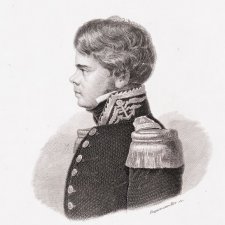
Jules Poret de Blosseville (1802-1833), geographer, navigator and explorer, was a junior officer on the Coquille, which, under the command of Louis Isidore Duperrey, conducted a voyage to Oceania and South America between 1822 and 1825.
1 portrait in the collection
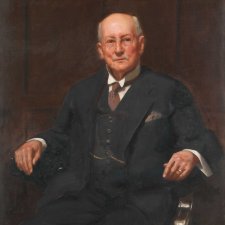
Frederick Cato (1858-1935), grocer and philanthropist, was born in a tent at Pleasant Creek (Stawell), to the Scottish wife of an English gold miner.
1 portrait in the collection
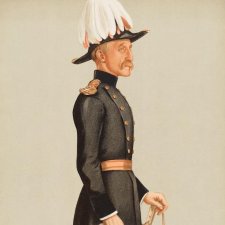
The Hon Sir Reginald Talbot KCB (1841-1929), army officer and English MP, was governor of Victoria from April 1904 to July 1908.
1 portrait in the collection
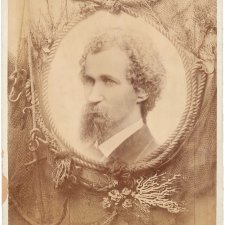
Henry (Thomas Henry) Kendall (1839-1882) was once regarded as the finest poet Australia had produced.
1 portrait in the collection

Thomas Coleman Durkin trained at the Williamstown School of Design and started work in Melbourne as an apprentice to an engraver and then a jeweller.
27 portraits in the collection

Maurice Appleby Felton (1803-1842) arrived in Sydney with his wife and four children in late 1839 as surgeon to the immigrant ship the Royal Admiral.
3 portraits in the collection
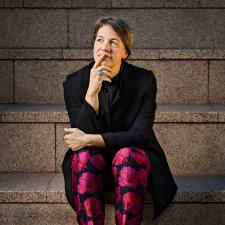
Michelle Simmons AO (b. 1967), 2018 Australian of the Year, is a pioneer in atomic electronics and quantum computing.
1 portrait in the collection
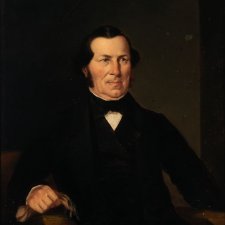
Jeremiah Ware (1792–1878) arrived in Van Diemen’s Land in 1822 with his wife, Mary (née Brooks, c.
1 portrait in the collection
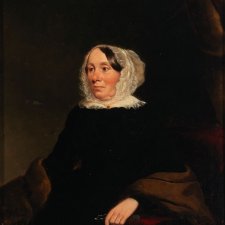
Jeremiah Ware (1792–1878) arrived in Van Diemen’s Land in 1822 with his wife, Mary (née Brooks, c.
1 portrait in the collection
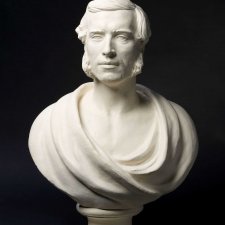
Dr Arthur Martin a’Beckett FRCS (1812-1871) surgeon and New South Wales parliamentarian studied at London University from 1831 before undertaking a residency in Paris, centre for innovation in the practice of hygiene, pathological anatomy and physiopathology.
2 portraits in the collection
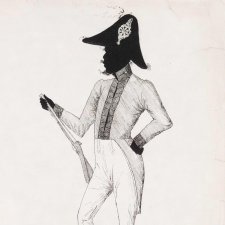
Piper (life dates unknown), also known as John Piper, was a Wiradjuri man who acted as a guide to Thomas Mitchell’s surveying expedition along the Murray and Darling Rivers into present-day Victoria in 1836.
2 portraits in the collection
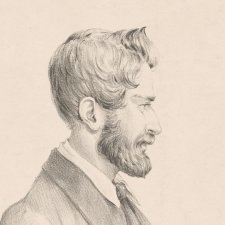
Friedrich Wilhelm Ludwig Leichhardt (1813-c. 1848) went to school and university in Germany but the range of his interests was such that he never actually graduated (he was later called Dr Leichhardt in recognition of his broad scholarship).
1 portrait in the collection

David Strachan (1919–1970), painter and printmaker, was educated at Geelong Grammar School and then studied art at the Slade School in London.
2 portraits in the collection
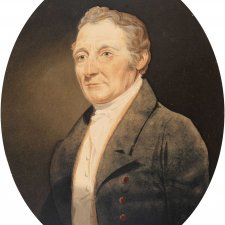
John Connell (c. 1759–1849), free settler, merchant and landowner, came to New South Wales aboard the Earl Cornwallis, which arrived in Sydney in June 1801.
1 portrait in the collection
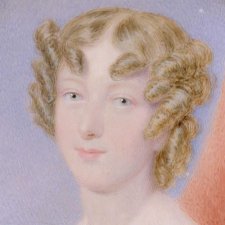
Mortimer Lewis (1796–1879), surveyor and architect, and his wife Elizabeth (née Clements, c.
1 portrait in the collection
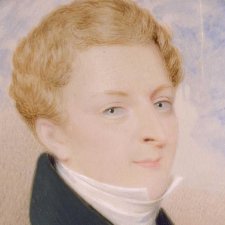
Mortimer Lewis (1796–1879), surveyor and architect, and his wife Elizabeth (née Clements, c.
1 portrait in the collection

Matthias (or Matthew) Darly, printseller, engraver, caricaturist and furniture designer, served an apprenticeship to a clockmaker before opening a print shop in London in the 1740s.
3 portraits in the collection
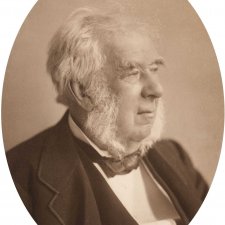
Sir Charles Nicholson (1808-1903), statesman, landowner, businessman, connoisseur, scholar and physician, was born illegitimately into unpropitious circumstances in Yorkshire.
2 portraits in the collection
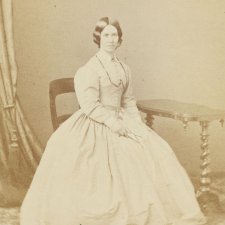
Anna Frances Walker (1830–1913), botanical artist and collector, was one of the thirteen children of Thomas Walker, a high-ranking colonial public servant, and his wife Anna Elizabeth, the daughter of merchant and landowner John Blaxland.
1 portrait in the collection
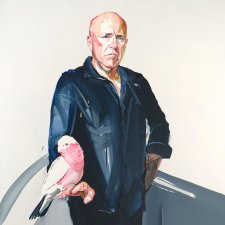
Richard Flanagan (b. 1961) was born in Longford in northern Tasmania, the second youngest of the six children of Archie Flanagan, a primary school principal, and his wife Helen.
1 portrait in the collection